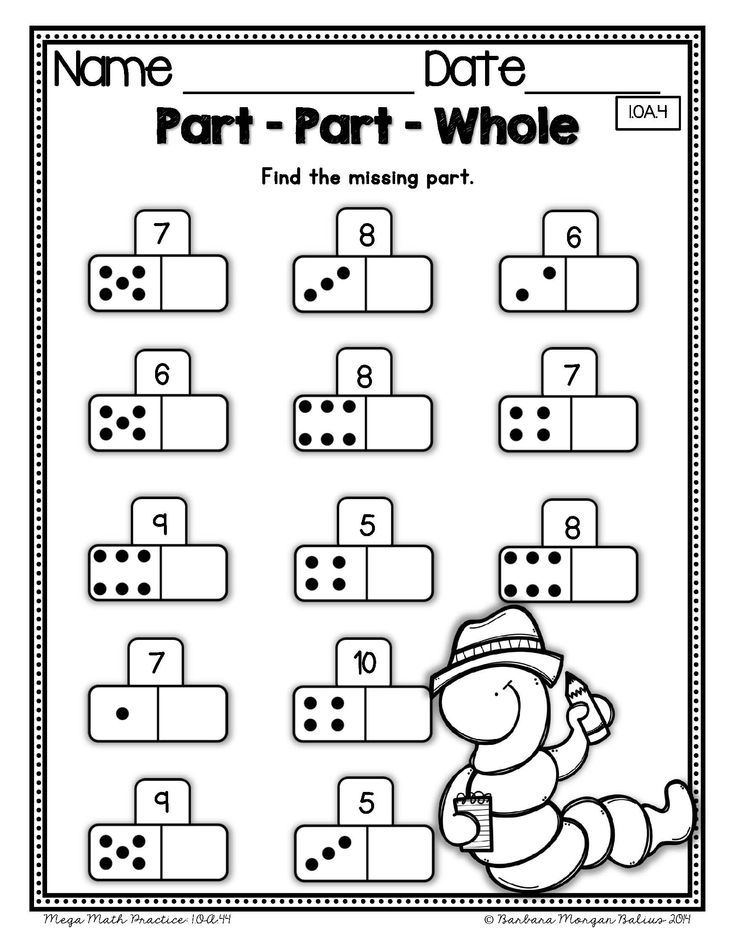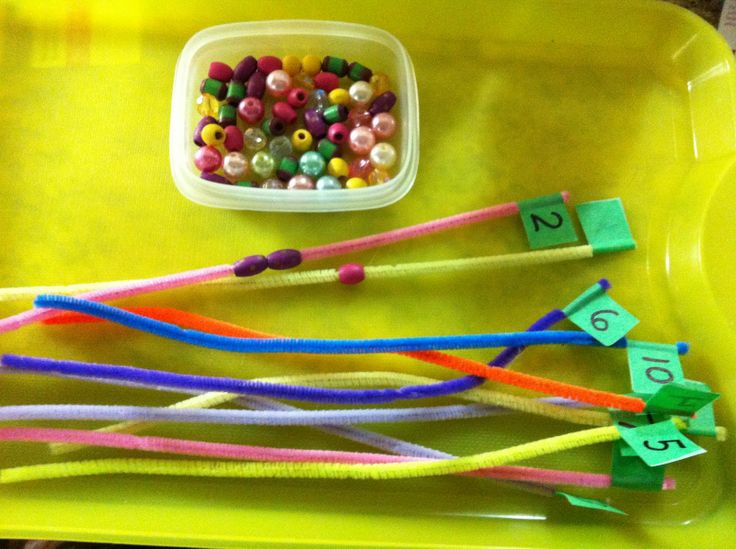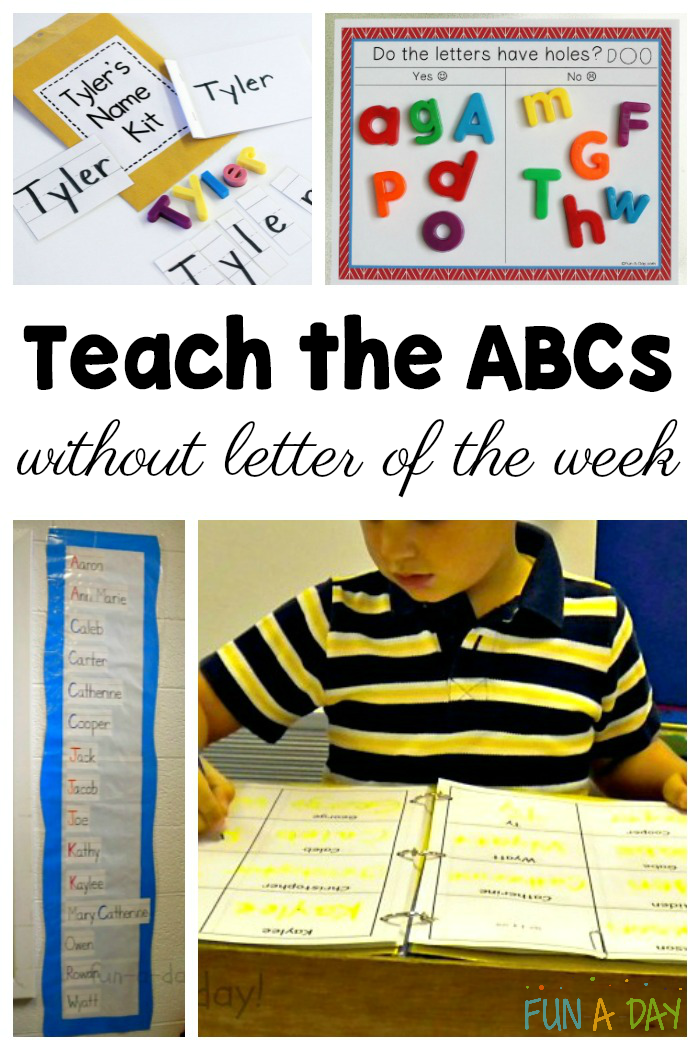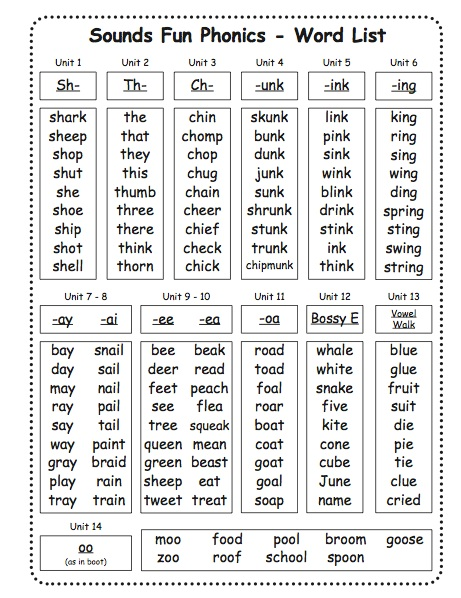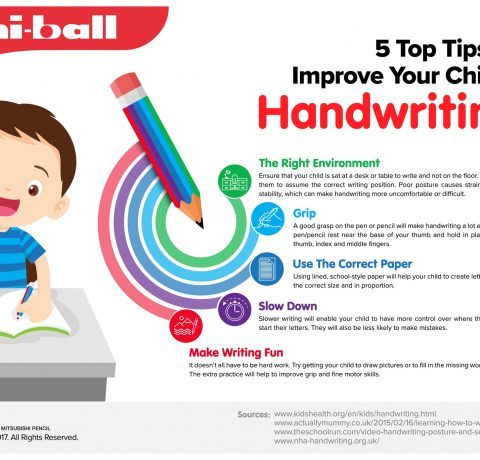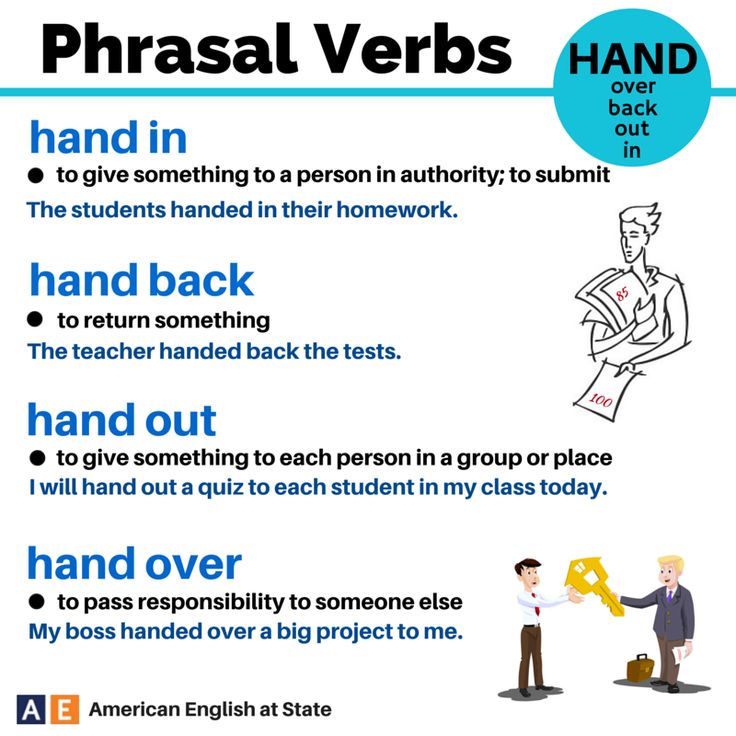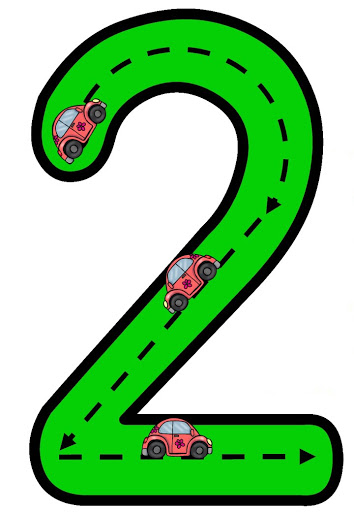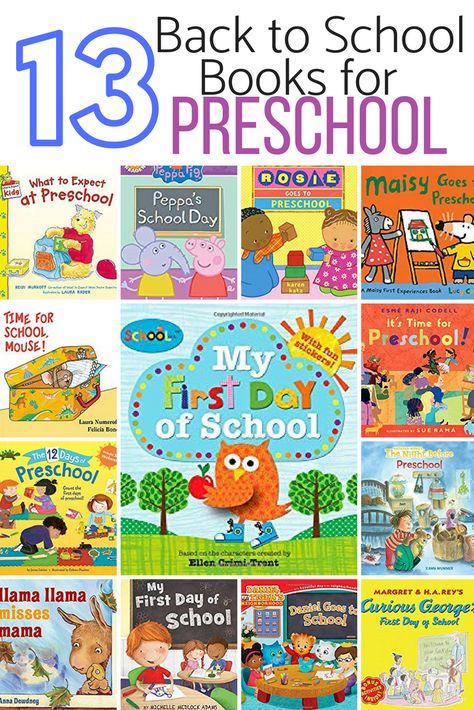Teaching children to learn
Why You Should Teach Your Kids How To Learn Instead Of What To Learn
The public education system, characterized by rigid guidelines and intense focus on examinations, has had a long history of notoriety and conspicuous shortcomings.
So much so that Mark Twain publicly vowed: “I’ll never let my schooling interfere with my education.”
Even Albert Einstein was incredulous about the formal education system and observed that, “Education is what remains after one has forgotten everything he learned in school.” Einstein went on to say: “It is a miracle that curiosity survives formal education.”
Children today go through an education system that largely imparts skill-sets based on what jobs were most in demand in the 1980s, not what is most applicable today or what might be applicable in 2030. But, jobs have shifted from manufacturing to the service sector and are now mostly linked to technology.
In the 1980s, industries ruled, personal computers were still fairly young and the Internet as we now know it was only the dream of sci-fi writers like William Gibson. We had no idea what the world had in store for us. Unsurprisingly, we still don’t know what the future holds for us.
Learning to adapt to an unpredictable, changing world
Modern society continues to create new ways of doing things and adopt new technologies for getting things done. Yet, despite our great strides in technology and advancements in science, we’re still not good at predicting the future, and probably won’t be for a long time. So, raising and educating our kids as if we have any idea what the future will hold, or as if the world is not changing, or as if the world has not changed one bit, is not a wise move.
⌄ Scroll down to continue reading article ⌄
⌄ Scroll down to continue reading article ⌄
Instilling a passion for learning, however, is one of the best gifts you can give kids. By teaching children to love learning, you teach them to be flexible, open-minded and adaptable. You help them become problemsolvers and prepare them appropriately for anything by not preparing them for anything specific.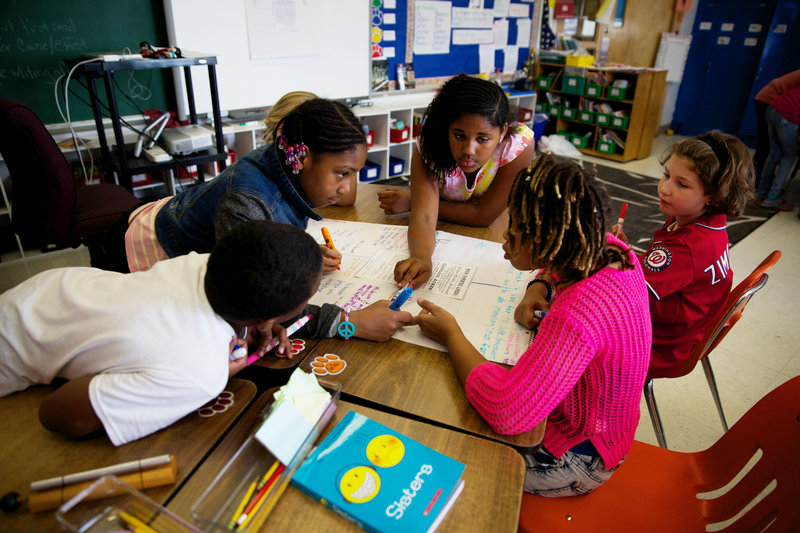 Kids become more adept to deal with the challenges of an unpredictable, ever-changing world.
Kids become more adept to deal with the challenges of an unpredictable, ever-changing world.
Of course, teaching kids how to learn instead of what to learn is a wild frontier that not many trod, but which can help kids not only survive today, but also thrive in the future. Here are some practical suggestions you can use to teach your kids how to learn instead of what to learn.
1. Turn learning tasks into fun-to-do activities.
When you make activities fun and turn boring tasks into interesting ones, those activities become enjoyable and feel effortless. Children can easily pick them and enjoy doing them. For example, a child who discovers playing soccer is fun may practice her dribbling skills endlessly. Similarly, a child who is fascinated by superheroes may read comic books voraciously.
⌄ Scroll down to continue reading article ⌄
⌄ Scroll down to continue reading article ⌄
Be playful, use humor, let kids explore when learning. This playfulness will arouse curiosity and help the child discover learning can be fun. And when your child discovers learning can be fun, she’ll have intrinsic motivation to learn more even when no one’s watching.
This playfulness will arouse curiosity and help the child discover learning can be fun. And when your child discovers learning can be fun, she’ll have intrinsic motivation to learn more even when no one’s watching.
2. Emphasize making an effort more than talents.
Stanford University’s Carol Dweck Ph.D., a pioneering researcher in the field of motivation and author of the immensely enlightening book Mindset, reveals that praising kids for effort, rather than their natural abilities makes them more willing to take on challenges. So praise your child for making an effort to learn and encourage him to employ effective study strategies. For example, when studying for a mathematics test, stress that actively doing math problems works better than passively glancing over notes. Focusing on effort and strategies places your child on a path toward competence.
3. Clarify instructions and guidelines.
If your child tends to jump into tasks without reading and understanding instructions or guidelines, go over the instructions together with her before she begins work. It’s discouraging for children to try hard at something and then hear, “You skipped an important part!” or “You did it all wrong!” Clarifying instructions beforehand can prevent wasted effort and bitter tears. Encourage your child to underline or circle key instructions and also to check off completed parts so that nothing gets missed. It will help her greatly.
It’s discouraging for children to try hard at something and then hear, “You skipped an important part!” or “You did it all wrong!” Clarifying instructions beforehand can prevent wasted effort and bitter tears. Encourage your child to underline or circle key instructions and also to check off completed parts so that nothing gets missed. It will help her greatly.
⌄ Scroll down to continue reading article ⌄
⌄ Scroll down to continue reading article ⌄
4. Provide a proper rationale for learning.
When your child understands why he needs to do things, it becomes easier for him to do those things. If your child doesn’t understand why he needs to do something, you will often hear complaints, such as “Why do I have to learn this boring stuff that I’m never going to use?” Therefore, give your child a proper rational for learning that makes sense to him. For example, you could tell him he needs to learn stuff because it gives him a chance to practice skills he’ll use throughout his life, such as getting work done efficiently, getting information to stick in his head and working well with others.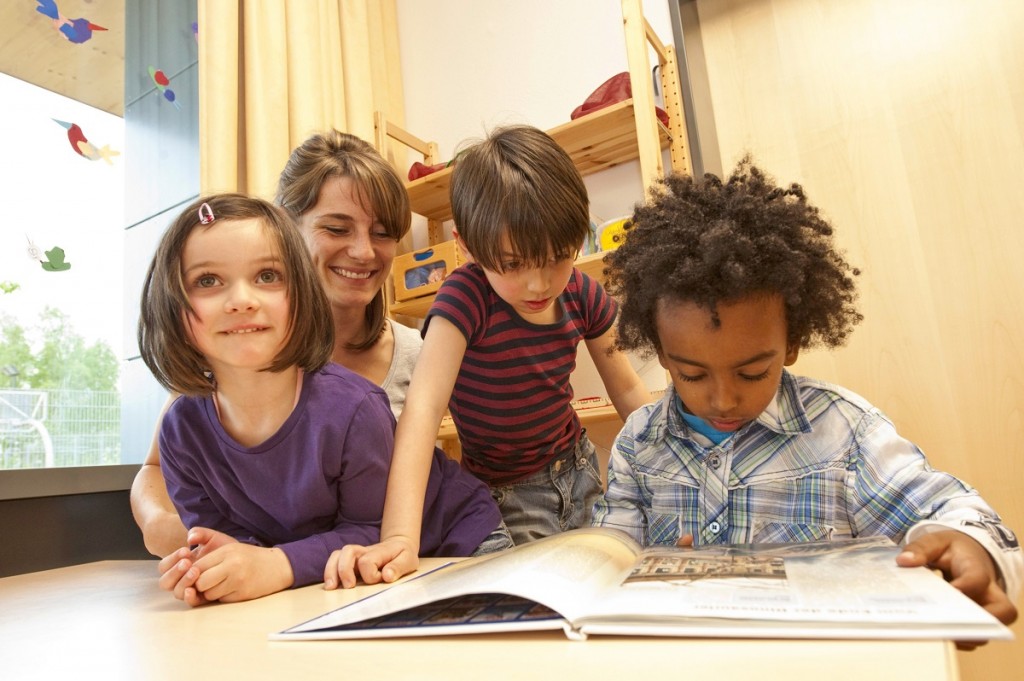
5. Hone your child’s problem-solving skills.
Ask your child calmly, and in the most appropriate moments by your own judgment, “What do you think would help you get this done?” This question will jolt your child’s instinct and arouse her problem solving skills. You may have to be persistent to encourage her to move beyond complaints toward making a concrete plan. Once a child’s beyond complaints, you’ll both find the best solutions to the problem as lack of motivation for learning often comes from children themselves.
6. Highlight your child’s progress.
Kids generally want to please their parents so don’t be stingy with your approval. Appreciate effort and highlight progress. When a child sees his own progress, he feels capable and encouraged to keep learning. Break down big tasks into smaller, more manageable action-steps to help him see progress toward a goal. Remind your child how he initially struggled with a problem and then triumphed. This can be a big motivator that etches in the child’s psychic, proving invaluable in the future.
⌄ Scroll down to continue reading article ⌄
⌄ Scroll down to continue reading article ⌄
7.
Introduce a role model for your child.Sometimes all it takes for a child to imagine what she wants to become, or visualize how she wants her life to turn out is having a role model she can look up to. A beloved teacher, parent, relative or even sibling can inspire a child to study hard and enjoy learning. Supportive friends can also lighten the load of learning. Even just sitting next to someone she looks up to while studying can minimize avoidance and boost love for learning. Warmth, encouragement and support are vital to cultivate a habit of learning.
Teaching All Children | Reading Rockets
Today's schools must accommodate students from different ethnic groups, language groups, cultures, family situations, and social and economic situations, with different interests and purposes for learning, and different abilities and styles of learning.
In the face of all this diversity, schools can no longer operate as if one curriculum and way of teaching will fit most of the students. Instead, students can pursue a common set of curricular goals or learning standards, accomplishing them in different ways and sometimes to different degrees of mastery.
Make sure each student gets access to knowledge, skills, and information
Such access improves the life chances, available choices, and valued contributions of every person. It is also the central purpose of education, and all the goals and activities of inclusive schools revolve around this idea and its implications for students, families, educators, and communities.
Individually tailor learning
Children learn in lots of different places and in lots of different ways. The "teachers" in these environments help children and youth to understand and make connections among different experiences. They also use different approaches and strategies that personalize learning according to each person's learning abilities, needs, styles, purposes, and preferences.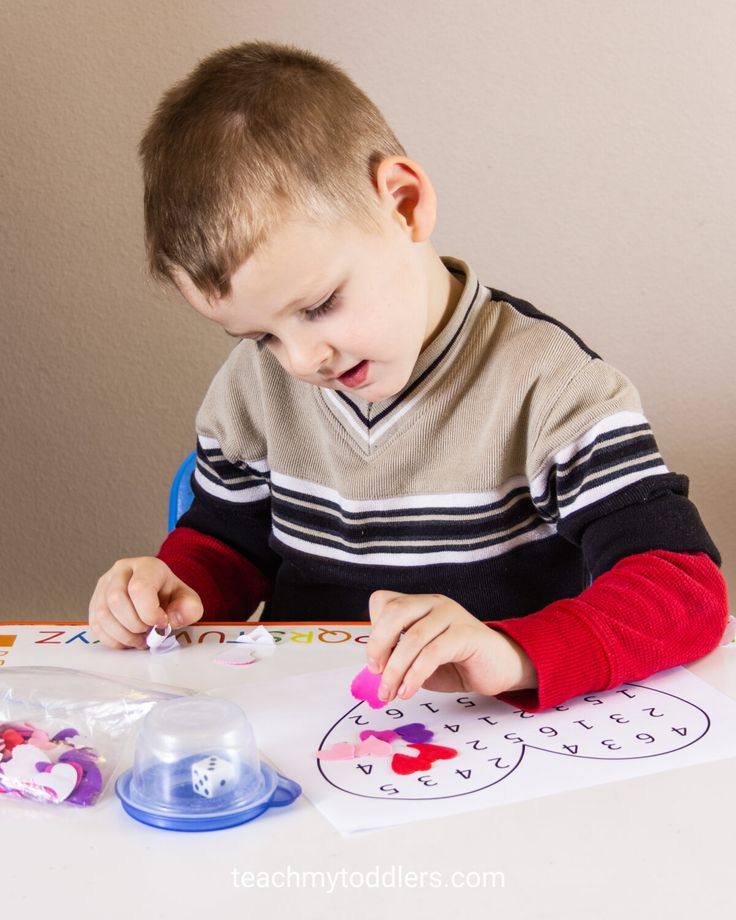
Inclusive schools make sure that each student is challenged to achieve to high standards in ways that fit what they already know, what they can already do, and how they learn best.
Use collaborative teaching arrangements
No one teacher can be skillful at teaching so many different students. She needs a little help from her colleagues. When teachers with different areas of expertise and skill work together, they can individually tailor learning better for all their students.
Collaborate with families, agencies, and other community members
Schools, like teachers, cannot do everything alone. Collaboration with other agencies to provide needed health and social services is just one way that schools can be more comprehensive and supportive of students' lives. Including community members and organizations in the day-to-day work of the school is another way that school resources can be enriched and extended to achieve more effective learning and life outcomes for each student.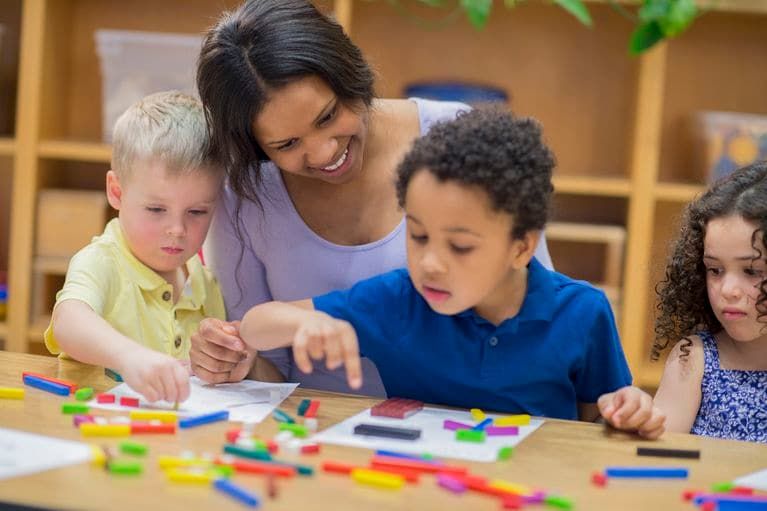
Organize and structure schools flexibly
Schools need to be organized in ways that are adaptable to the needs of teachers and students. Good schools also need seamless partnerships. Families, community members, practitioners, researchers, and policymakers must work together to address real world problems and create solutions that will improve schools. Innovative schedules, school teams, mixed age teams, and other options all offer opportunities for educators to flexibly respond to student differences.
Hold high expectations for student success
People in schools must believe in, recognize, and value the contributions and talents of every student. All students are entitled to high expectations and challenging curriculum that lead to the same broad educational outcomes regardless of their race, class, culture, ability, gender, language, or family circumstances.
Such schools use lots of ways to demonstrate that students learn and use their learning. Performance and alternative assessments, student-led conferences, student goal-setting, exhibitions, and other curriculum-based measurements are all innovative ways to document and share students' learning accomplishments.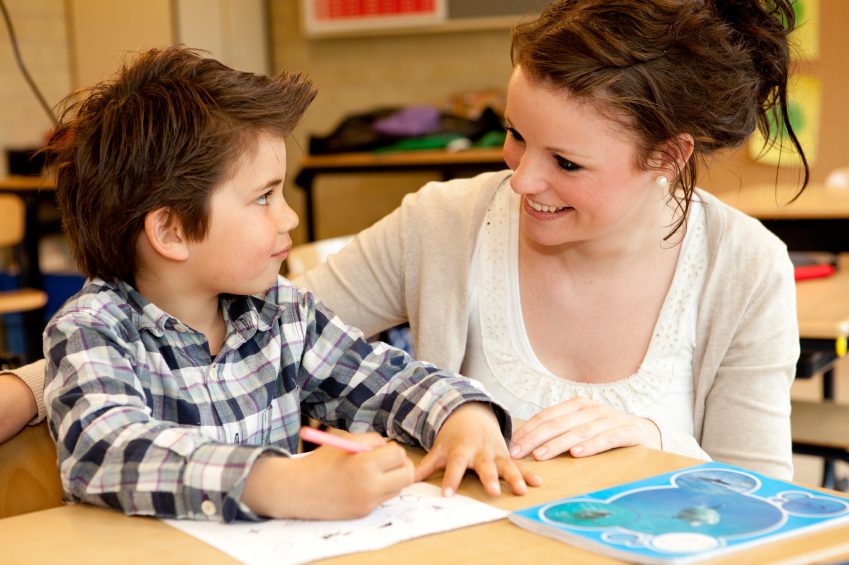
Keep improving
Schools must collect and use information that will keep improving all parts of the system. Families need information that keeps them meaningfully engaged in their children's education. Teachers need information that helps improve student learning. Policymakers need information that helps improve schools overall.
Build inclusive communities
Inclusive schools are important because they support learning and achievement. They are also important because the philosophy of acceptability and flexibility that guides inclusive schools is one that we also need in our communities.
Children and youth spend only a small part of their lives in schools. Yet after the home, the school is an important influence in shaping the lives of children, both while young and for the rest of their lives. The foundation that schooling and parenting lay lasts for life.
Inclusive schools help build inclusive communities where people's differences are valued, where each member gets supported to contribute, and where the human values created as a result support our societies to achieve our most important outcomes.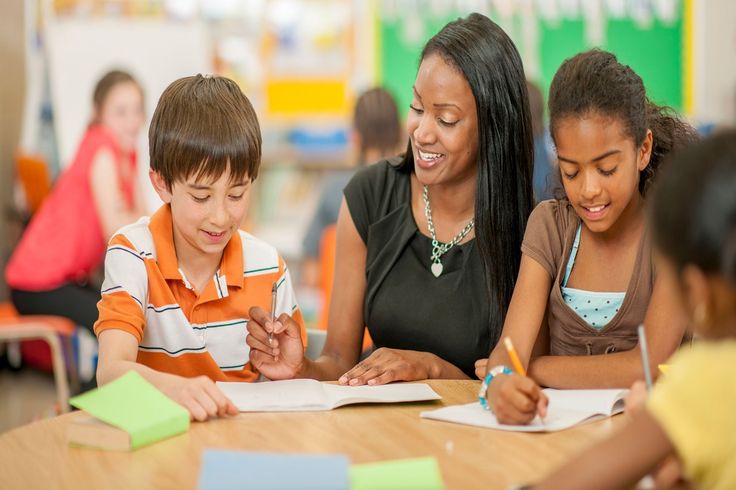
How to teach a child to learn? Is it possible to learn to learn and what does it mean?
<
How to teach children to study well
Children are inquisitive by nature. As a rule, everything is new to them in elementary school, and therefore it is interesting. There is a new item - great! We set a new type of tasks - great, I want to try it as soon as possible! They do not need to be taught to learn, they do it with pleasure.
With the transition to high school, the program becomes more complicated, and communication becomes the leading activity for the child. It is at this point that adults should explain how to learn how to study properly. Here are some recommendations from Foxford Home School tutors on this matter.
Tip 1. Focus on interests
Learning to learn means finding an interest in which the child wants to develop. According to tutor Yulia Rozhkova, without this, all other methods are meaningless.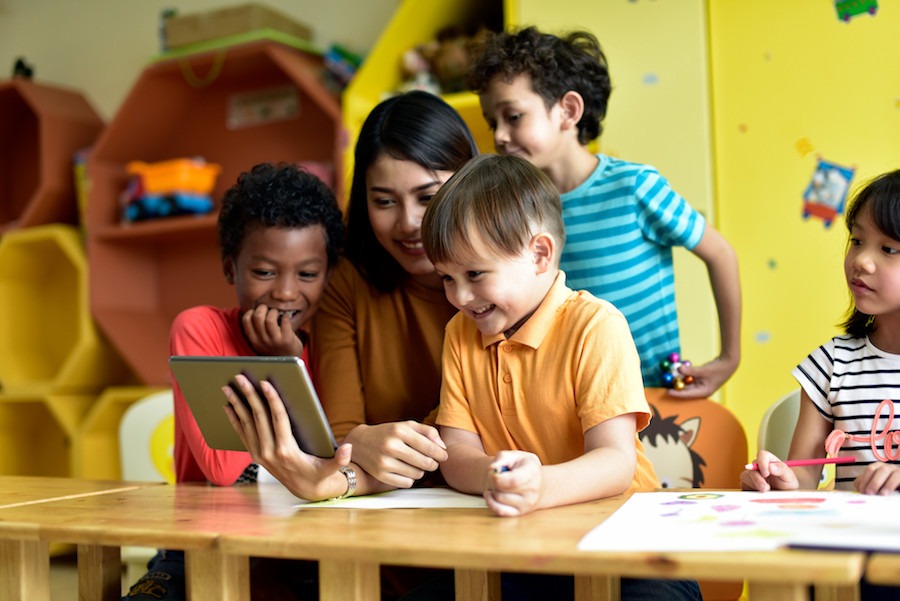
Ask your child to think about what a particular skill will do in relation to their favorite activity. Suppose he likes to ride a scooter. Push him to understand that knowing the laws of physics will help him do cool tricks, and the English language will help him communicate with riders from all over the world.
What to do if the child does not have pronounced hobbies? Take a closer look at him, offer to pass the Skillfolio diagnostics, which is just aimed at identifying the strengths and interests of schoolchildren. And most importantly, help your child acquire a hobby. Do something together, set an example.
Tip 2. Show how to acquire and apply knowledge
Just as swallowing food without chewing can lead to stomach problems, absorbing knowledge without reflection and putting it into practice can lead to “loss of appetite” for learning.
The process of acquiring knowledge and skills based on it should ideally consist of several stages.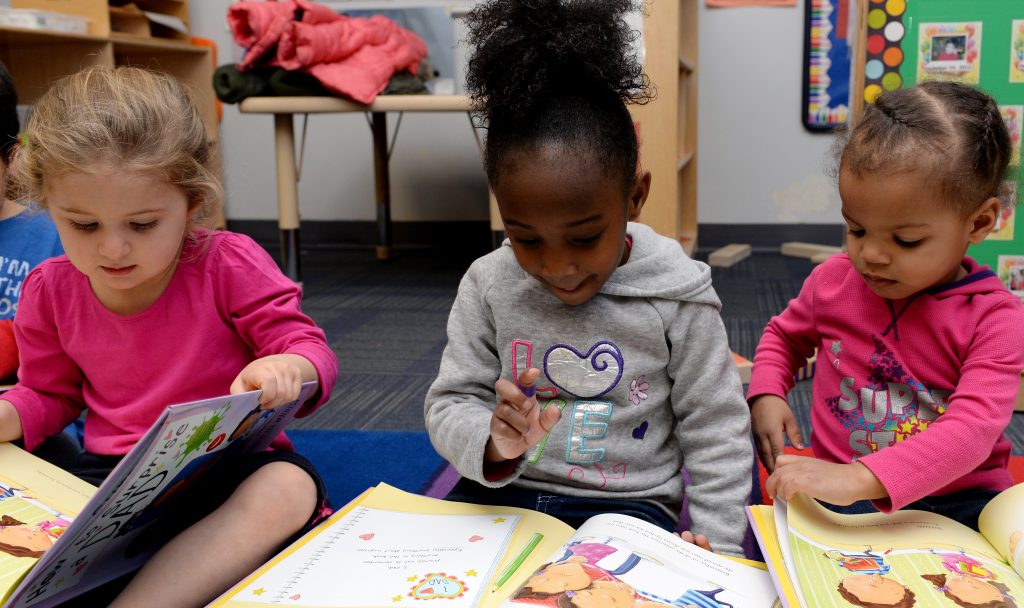 First, acquaintance with some object or phenomenon, then the desire to understand how it works, putting it into practice, and, finally, understanding the experience. This circle is called the wheel of learning.
First, acquaintance with some object or phenomenon, then the desire to understand how it works, putting it into practice, and, finally, understanding the experience. This circle is called the wheel of learning.
Learning wheel
Tutor Natalya Smelova uses the concept of the learning wheel in her work. At the same time, she believes that you should not give the child a "fish" - you need to teach him how to use a fishing rod. Suppose a student does not understand percentages in mathematics. Ask him to find a cartoon on the Internet or a good article on this topic. It is important that he does it himself, because only by gaining knowledge on his own, you can learn how to learn. However, then be sure to take the material found together and show how it can be useful to him in real life. For example, you can calculate how much you can save in a year if you set aside 10% of pocket money every month.
Tip 3. Teach your child to tell the time
Most kids know how to tell the time with a clock before school. But even some high school students do not have an understanding of the value of a temporary resource. Calling to and from the lesson should gradually teach the student that in 45 minutes you can do about the same amount of work, and, for example, if the teacher reminds you that there are a few minutes left until the end of the lesson, you need to speed up. However, not everyone develops this trigger. And if the child is in family schooling, then the sense of time needs to be trained separately in order to eventually teach the child to learn independently.
But even some high school students do not have an understanding of the value of a temporary resource. Calling to and from the lesson should gradually teach the student that in 45 minutes you can do about the same amount of work, and, for example, if the teacher reminds you that there are a few minutes left until the end of the lesson, you need to speed up. However, not everyone develops this trigger. And if the child is in family schooling, then the sense of time needs to be trained separately in order to eventually teach the child to learn independently.
Here are the questions tutor Maria Suvorova recommends asking in order to teach a child to keep track of time:
- How much time do you have now?
- How will you best manage it?
- By what criteria will you choose the things you will do?
- What exactly do you want to do with your studies in the allotted time?
- What result do you want to get?
- Compare what you wanted to do and what you did?
- Are you satisfied with the result?
- How to make sure that there is enough time for all tasks?
Tip 4.
 Try different formats
Try different formats In the article on how to study subjects you hate, we said that people are divided into visuals, auditory, kinesthetics and digitals. Find out which channel of perception works best for the child, and offer him appropriate learning formats. For example, a student complains that it is difficult for him to memorize vocabulary words. You can invite him to conduct an experiment to find the ideal way to memorize them: visualization using mnemonics, speaking into a voice recorder and listening, repeatedly writing in a notebook, analyzing the etymology of each word. Let the child try everything and rank which method worked best for him. Independent search will help the child learn to learn with pleasure.
Advice 5. Let the child control the learning process
“Get out the diary, show what you have been asked”, “Write on a draft - I will come and check it” - many parents recognize themselves in these phrases. Unfortunately, adults from the first grade often show overprotectiveness in relation to the child's studies, which destroys motivation and independence.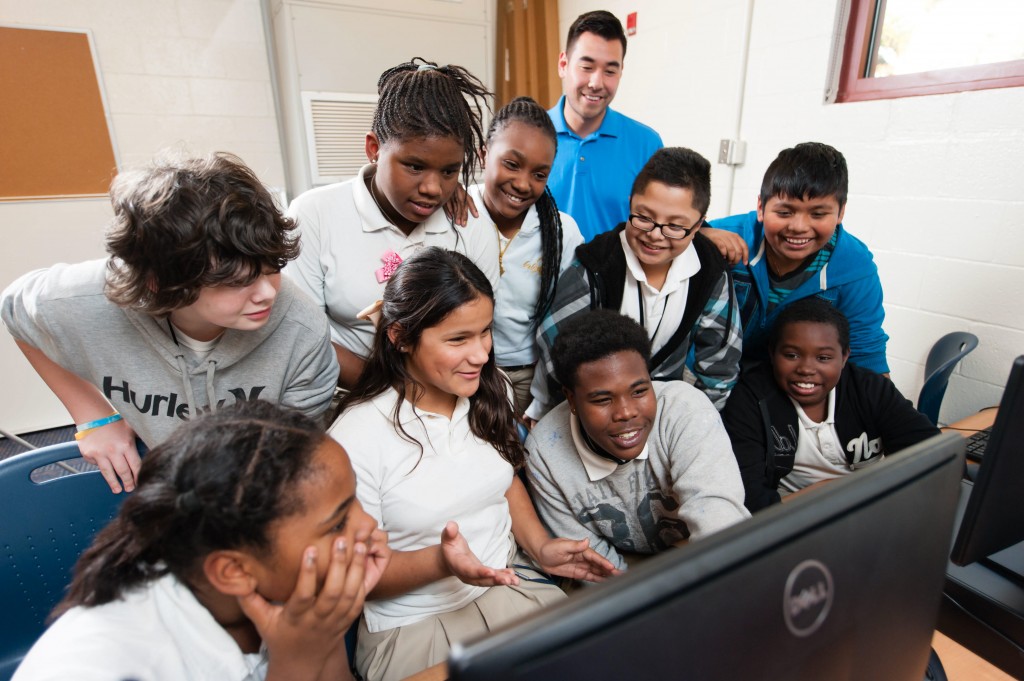
“A junior high school student does not see the whole, so for the time being he cannot choose what to teach him, but he can decide when and in what sequence to do the lessons. So let him do it!” - calls the tutor of the "Foxford Home School" Svetlana Goltser. Let him draw up a schedule for doing homework, prepare for certification and get well-deserved marks on it. This will let the child know that you trust him, and will relieve the feeling of anxiety in anticipation of punishment for every wrong step.
Parental control must be weakened as one grows older. A teenager should be aware that studying is his area of responsibility. Cultivate self-discipline in a teenager, and he will never have a request “I want to learn how to study.” Getting new knowledge for him will be as natural as brushing his teeth in the morning.
Conclusions
The answer to the question, is it possible to teach a child to learn, unambiguous - yes, you can! Determine the student's area of interest, show the practical benefits of the knowledge gained and the value of time, try different learning formats. And most importantly - trust your child!
And most importantly - trust your child!
Foxford Home Online School tutors are ready to help you and your child develop self-education skills, show how to teach children to study well and with pleasure. You can learn more about the tutor support program and sign up for a consultation on the tutors page.
To want to learn, you must first of all be able to learn. This important skill is regularly worked on by tutors at the Foxford Online Home School, and we asked them to share some secrets on how to teach children to learn.
6 ways to teach your child to learn
One of the most common parental requests is “The child does not want to learn, what should I do?”. But in order to want to learn, you must at least be able to learn. And this is a skill! Our blogger, child psychologist Olga Kondrashova talks about how to acquire and develop this skill.
You should not expect that a child will be able to do it on his own: while a small person is in grades 1-2 (in grade 3, responsibility for oneself more or less begins to turn on), he is not yet very collected, organized, simply “sane”. Therefore, he needs outside control, that is, he must simply be taught to learn, to show how it is done.
Therefore, he needs outside control, that is, he must simply be taught to learn, to show how it is done.
Of course, there are children who, due to increased anxiety, for example, fear of the teacher or parents, or, conversely, excessive fascination with the teacher (more common among girls), are themselves worried about doing homework. But this is rather an exception to the general rule. So, the responsibility for a child's ability to learn lies largely with adults!
Now there are many expert assessments that come down to the thesis - the child's interest is above all. I agree that it is criminal to crush the initiative of a child. But, unfortunately, excitement from novelty falls even in an adult, and the ability to return oneself to concentration, whether it be solving a problem or simply assimilating new information, I think, will remain relevant. At least until we are "chip" with already built-in programs, by analogy with gadgets. But for now, you and I have children, not robots.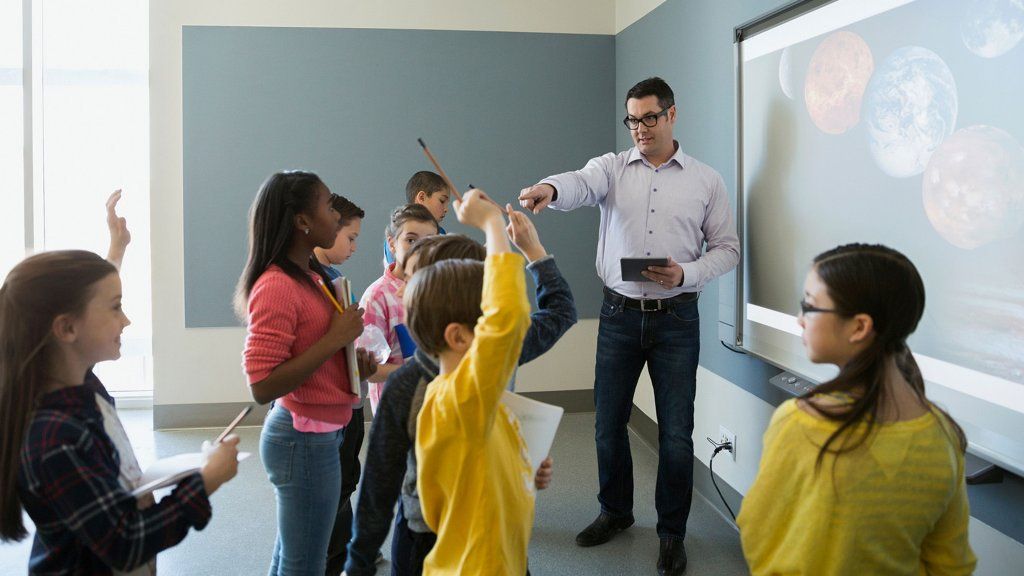 And after a certain time, your child will move from elementary school to high school, where it will be more difficult to study.
And after a certain time, your child will move from elementary school to high school, where it will be more difficult to study.
In addition, the motivational priority shifts in high school — the child “flies” from the importance of learning to the importance of establishing social connections (friends are above all!)
he will no longer fall into hopelessness or despair - "everything is useless, everything is already so neglected, such a wild volume, I can no longer cope with it, there is no point in even starting!". There will be no such problems if the child already has a conscious experience of "inclusion" in the lessons. How to keep the attention of the child during the lessons?
1. Give new meaning to boring tasks
For example, a child needs to learn how to write letters beautifully. Options: “OK, how are we going to write a message to Santa Claus? He won’t understand anything in your scribbles, it will be a shame if you don’t get what you ask for for the New Year ”.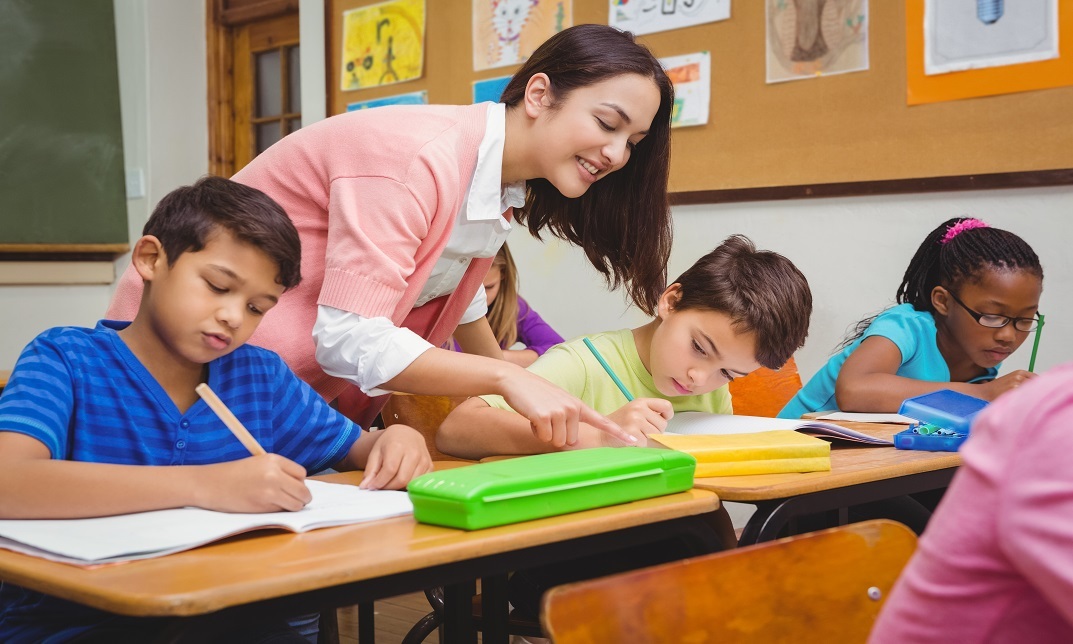 .. Or: “Let's write a letter to grandmother? You just need to write so that she can read, she doesn’t see very well!” Or: “What if you find yourself on a desert island? Then you will need to write a message to people and send it in a bottle. Let's learn to write legibly!
.. Or: “Let's write a letter to grandmother? You just need to write so that she can read, she doesn’t see very well!” Or: “What if you find yourself on a desert island? Then you will need to write a message to people and send it in a bottle. Let's learn to write legibly!
2. Stimulate intrinsic motivation
You can ask a child and encourage him to think about what this or that skill will give him - the ability to read, write, count, memorize. This can become the basis of his own intrinsic motivation - the strongest and brightest stimulus. Alas, it burns brightly, but not for very long. It will be necessary to periodically remind the child about the benefits of what he himself once thought of and what he himself came to.
3. Change roles - instead of a student "teacher"
All lecturers know that if you want to know a subject better, give a lecture on it. We turn the child into a teacher, put all his bunnies, cars, bears, dolls in front of him and play school. By the way, you can also play along in the role of the most naughty and most "talentless" student - "Oh, how difficult it is to write these numbers! I can't do it at all!" Or deliberately make a lot of mistakes. Usually children are very happy when they see themselves from the outside.
By the way, you can also play along in the role of the most naughty and most "talentless" student - "Oh, how difficult it is to write these numbers! I can't do it at all!" Or deliberately make a lot of mistakes. Usually children are very happy when they see themselves from the outside.
This technique relieves tension, allows you to speak in a safe mode and realize the difficulty of learning. And this, as you remember, improves self-control and increases "sanity", that is, the child sees an obstacle (laziness, inattention, inability to force himself to finish) with which he needs to cope.
Plus, this reduces the fear of making mistakes. This is a very important point, because children at school are constantly in the zone of anxiety and incompetence - every day they are faced with new material, new tasks and new requirements for their intellectual abilities. The ability to calmly endure failures and mistakes is an important quality that allows you to move forward, and not fall into the pit "I am a worthless clumsy. "
"
4. Teach him how to do his homework
After some time, when you see that the child has mastered the skill of "doing homework", we gradually begin to leave him alone. But it is necessary to make sure that the child understands that failure to do homework and poor study in general have negative emotional consequences for him. That is, you need to create a field of expectations around it, in which there are necessarily two topics.
First, let him know that you appreciate his efforts. You can say: “We are happy when you are doing well” or “We are upset when you are not doing well.” So the child will learn that you respect his work, his efforts on himself, his ability to show his will, his growing and strengthening independence. This also allows one to form such an important quality of character as the ability to achieve goals and respect oneself for the result achieved.
The child will learn to motivate himself with this experience and the feeling of joy and elation that will follow each self-conquest. An important nuance - try to make your comments for the child clear and specific. Not just "You're great!" or “Excellent!”, but “How glad I am that you managed to finish everything!”.
An important nuance - try to make your comments for the child clear and specific. Not just "You're great!" or “Excellent!”, but “How glad I am that you managed to finish everything!”.
Second - say that if something does not work out, then this is not a disaster! This will allow the child to avoid excessive anxiety about punishments and disappointment in him and remove a negative emotional connotation from the learning process. For example, you can tell him: “If something doesn’t work out so well for you, know that we will always help you”, “We will not scold you for a bad grade. Let's just agree, if something doesn't work out for you or you don't understand something at school, speak right away and together we will sort out difficult places or explain to you what you didn't understand. We will always help, the main thing is not to launch the item, ok?".
This is how the child receives a vector of development - that is, he is not indifferent, his efforts are important and appreciated by someone.

